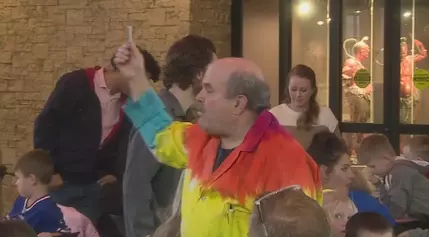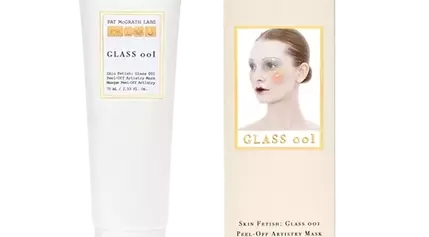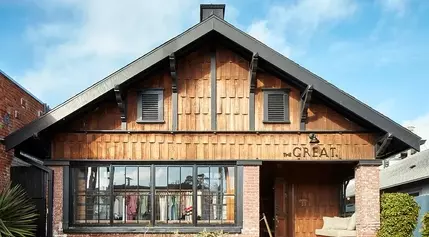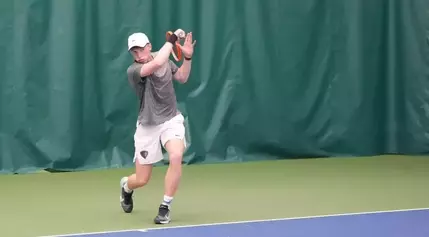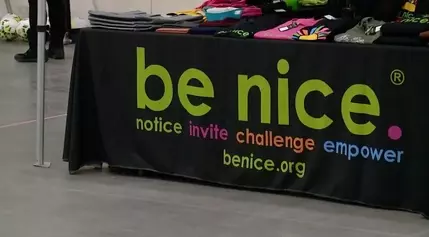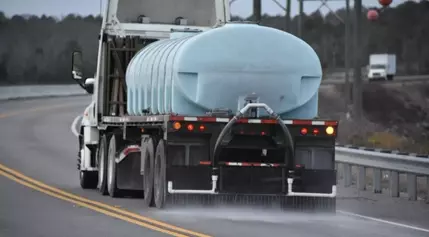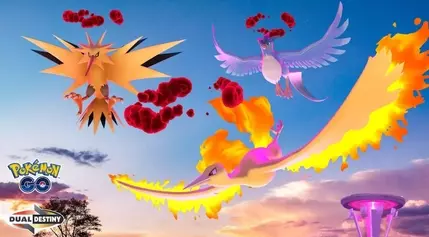Peas are one of the most rewarding crops to grow in vegetable gardens, spring or fall. And companion planting peas offers several benefits for this quick-growing, prolific crop. Growing the right mix of plants together can help to repel pests, improve flavor, and increase pollination rates. The best companion plants for peas tend to be other cool-weather vegetables with similar growing needs. Companion planting peas with the following veggies, herbs, and flowers will help your garden thrive.
Beans
Beans and peas have similar growing needs, so planting them together doesn’t add extra work to your gardening to-do list. Use the same vertical trellising system to support the vines of bean and pea plants, which saves you money and garden space. Even better, beans tolerate warmer weather, while peas are champs in cool temperatures, allowing you to grow these plants in succession and keep your vegetable harvest going from spring through fall.
Root Vegetables
Root vegetables like carrots, radishes, and turnips, are all excellent partners for peas because these low-growing plants don’t compete with peas for sunlight. Most root vegetables thrive in the cool weather that pea plants crave, so you can grow them together in spring and autumn gardens. On top of that, peas fix nitrogen in the soil, which helps root crops grow more productively.
Spinach
Spinach is another cold-hardy plant that grows in spring or fall along with peas. Growing peas and spinach together is a smart way to fit more plants in your garden since vertical-growing peas won’t compete with spinach for space, while spinach leaves shelter the soil and prevent weeds.
Celery
Peas and celery have similar growing needs, and they both love cool weather and consistent watering. Keeping these plants together simplifies your gardening tasks and cuts down on how much fertilizer you need to apply to the celery plants. Thanks to their nitrogen-fixing abilities, peas enhance the growth of celery, and celery also benefits from the added shade cast by vining pea plants.
Cucumbers
Like beans, cucumbers come in vining and bush-type varieties, and both types grow well with peas. Bush-type cucumbers and peas are small enough to grow in containers on sunny patios, while vining-type cucumbers and peas can share the same trellising system and save gardening space. Beyond that, cucumbers and peas have similar care needs. Since these two plants are harvested at different times of the year, you can plant peas and cucumbers in succession to maximize your garden yields.
Basil
Basil is a delicious herb that’s used to make pesto, but it's also a fantastic companion plant for natural pest control. When planted around the base of pea plants, basil can repel thrips—one of the most common pea pests. In return, pea plants provide basil with extra shade and protect the herb’s sensitive leaves from sunscald.
Corn
The “Three Sisters” is one of the most famous companion plant pairings, first developed by the Peoples of the First Nations. In this planting method, corn, squash, and pole beans are grown together to benefit each other, but you can swap out the pole beans for peas and get the same basic effect. When growing corn and peas together, peas provide nitrogen to heavy-feeding corn, while sturdy cornstalks act as a natural trellis for climbing peas.
Savory
Savory is an aromatic herb often used to flavor roasted dishes, soups, and stews, but it can also keep pests from invading your pea plants. Savory is adept at repelling bean beetles and other common legume pests, and it’s a low-maintenance herb that doesn’t need a lot of fuss. If you allow savory to flower, it can also attract pollinators and other beneficial insects to your vegetable garden and help you grow a larger harvest.
Lettuce
Like peas, lettuce plants struggle in hot weather, but they’re some of the most productive crops to grow in spring and autumn. Planting short lettuce plants beneath climbing peas fills empty soil space and gives you more homegrown produce from a small garden. Plus, lettuce plants benefit from the extra nutrients produced by nitrogen-fixing peas.
Nasturtiums
Nasturtiums are famous for being excellent companion plants for most vegetables, and peas are no exception. The scent of nasturtiums repels many garden pests, but nasturtiums also act as trap crops, luring pests away from more vulnerable vegetables. When grown near peas, nasturtiums tempt aphids and flea beetles away from your peas, so you can grow pest-free pods.

